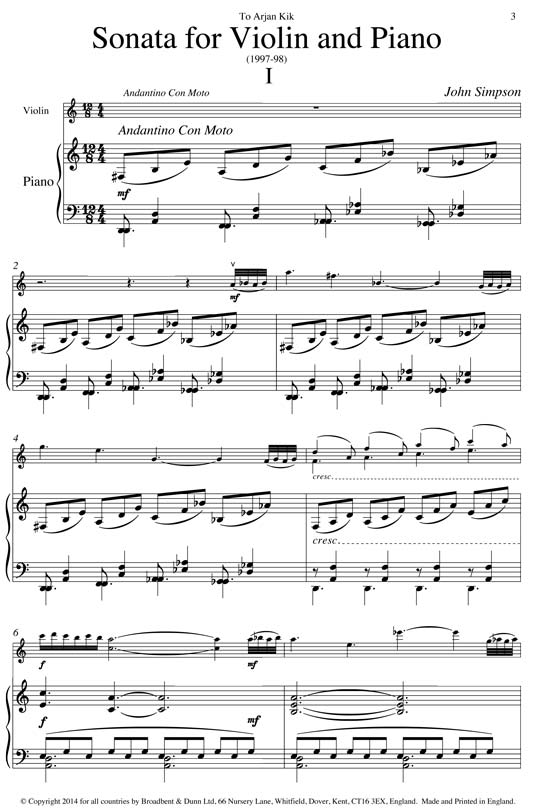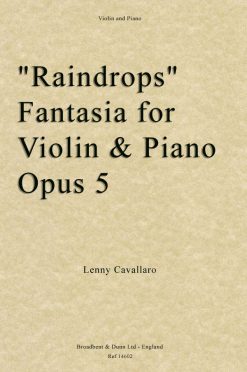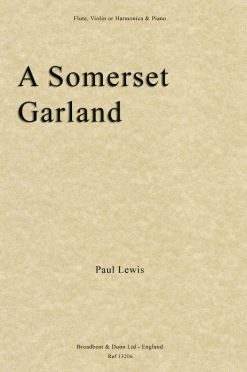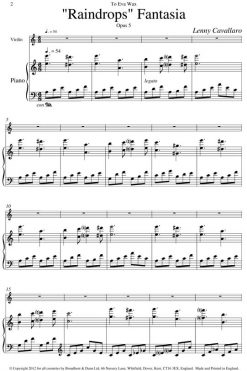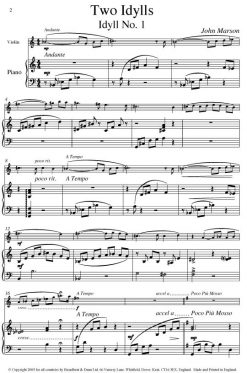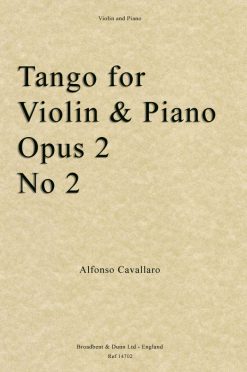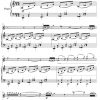£22.95
Piece Description
Additional information
| Media | |
|---|---|
| Composer | |
| Instrumentation | |
| Difficulty | |
| Series |
Biography
Biography
Simpson, John
Born in London in 1933, John Simpson studied at the Trinity College of Music. His entire career was dedicated to music education, and in 1969 he settled with his family in Hastings when he was appointed Music Adviser to the local education authority, a position which he held until his retirement in 1992. Since then he has devoted his energies to examing worldwide for Trinity College and to composition. His large output includes four symphonies composed for the Hastings Area Youth Symphony Orchestra and an opera for children based on the Oscar Wilde story The Selfish Giant. His most recent works have been mainly for chamber combinations and include a Trio for Flute, Violin and Piano, a Piano Trio and a series of thirteen String Quartets.
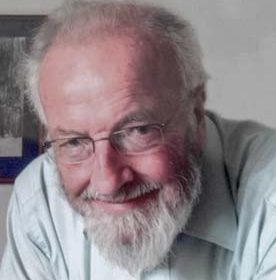
Related products
Arrangements of Somerset folk songs to give them a new lease of life and introduce them to audiences who might never otherwise hear them. Very popular with audiences, its individual movements are useful as fillers or encores. Martock Jig and Langport March are also playable on Piccolo. It is a very direct and enjoyable work and is also versatile, with versions for flute, violin or harmonica with piano accompaniment. The original harmonica version is very idiomatically written by the composer, who was long associated with the late great virtuoso Tommy Reilly. It is folk material very well suited to the instrument. For teaching studios, conservatories, libraries, amateurs and professionals. The last movement of this work Langport March was a Trinity College London Grade 5 Exam Piece for Flute between 2007 and 2022.
Violin & Piano
Lenny Cavallaro – “Raindrops” Fantasia for Violin and Piano, Opus 5 – Digital Download
Violin & Piano
John Marson – Two Idylls (Violin & Piano) – Digital Download
Violin & Harpsichord
This 2014 publication might well have been composed 300 years earlier, being a truly baroque sonata in four movements (slow-fast-slow-fast). The composer has adhered not only to the harmonic and structural idioms of the time, but also to many of the other "unwritten" conventions. The work invites a great deal of freedom, and even leaves room for some improvisation. In the third movement the violin enters on a long, held note - this pattern recurs throughout, and in some ways appears to echo similar long notes in Bach's B Minor Sonata. The last movement is a set of variations, though neither chaconne nor passacaglia - these are melodic, in the Italian manner, and clearly sound less baroque. The thematic material derives from the opening of Papageno's aria Ein Mädchen oder Weibchen from Mozart's Magic Flute, but transposed from F Major to D Minor. This sonata was premiered at the Lincoln Center by Bobby Portney and has subsequently been recorded by Sarah Darling and can be heard on YouTube: https://www.youtube.com/watch?v=UigLnCPNYSw
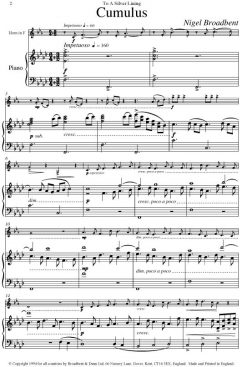 Nigel Broadbent - Cumulus (Horn & Piano) - Digital Download
Nigel Broadbent - Cumulus (Horn & Piano) - Digital Download 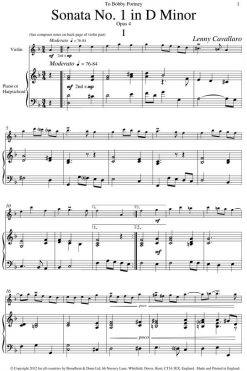 Lenny Cavallaro - Sonata No. 1 in D Minor for Violin and Piano (or Harpsichord) Opus 4 - Digital Download
Lenny Cavallaro - Sonata No. 1 in D Minor for Violin and Piano (or Harpsichord) Opus 4 - Digital Download 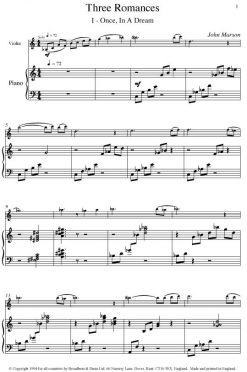 John Marson - Three Romances (Violin & Piano) - Digital Download
John Marson - Three Romances (Violin & Piano) - Digital Download 
